Home>Gardening & Outdoor>Landscaping Ideas>How To Grow Cucumbers In A Raised Garden Bed
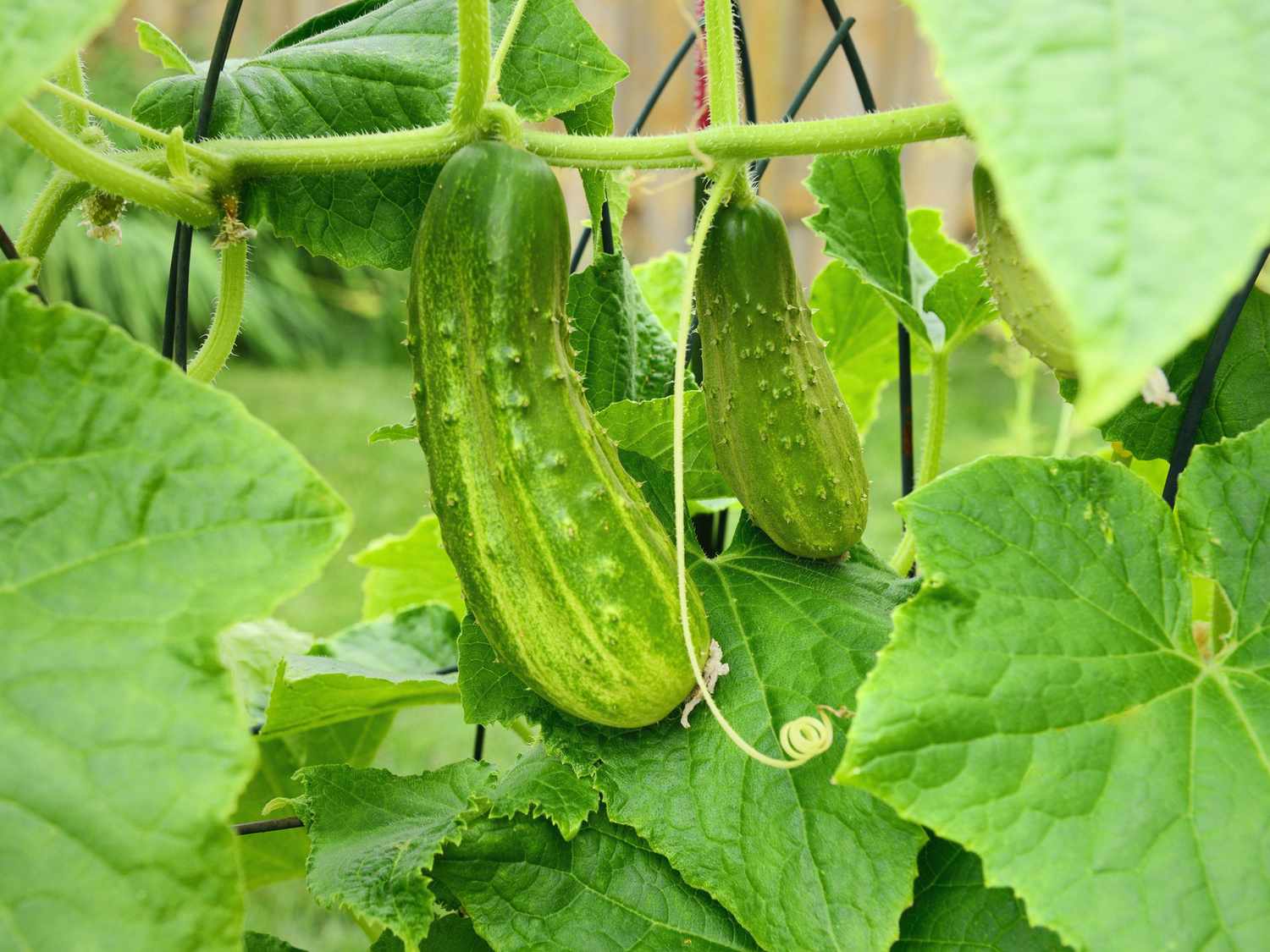

Landscaping Ideas
How To Grow Cucumbers In A Raised Garden Bed
Modified: March 21, 2024
Learn effective landscaping ideas for growing cucumbers in a raised garden bed. Discover expert tips and techniques for successful cucumber cultivation.
(Many of the links in this article redirect to a specific reviewed product. Your purchase of these products through affiliate links helps to generate commission for Storables.com, at no extra cost. Learn more)
Benefits of Growing Cucumbers in a Raised Garden Bed
Growing cucumbers in a raised garden bed offers a multitude of benefits that can elevate your gardening experience. Whether you're a seasoned gardener or just starting out, the advantages of utilizing a raised garden bed for cultivating cucumbers are truly remarkable.
-
Improved Soil Quality: Raised garden beds allow for better control over the soil composition, drainage, and overall quality. By filling the bed with nutrient-rich soil, you can create an optimal environment for cucumber plants to thrive. This is particularly advantageous if your native soil is less than ideal for cucumber cultivation.
-
Enhanced Drainage: Cucumbers despise soggy roots, and raised garden beds provide excellent drainage, preventing waterlogging and the associated problems. This ensures that your cucumber plants are less susceptible to root rot and other moisture-related issues, promoting healthier growth and higher yields.
-
Weed Control: The elevated nature of raised garden beds makes it more challenging for weeds to infiltrate the growing area. This reduces the time and effort required for weeding, allowing you to focus on nurturing your cucumber plants rather than battling unwanted vegetation.
-
Warmer Soil: In cooler climates, raised garden beds can warm up more quickly in the spring, providing a head start for planting cucumbers. The increased warmth can promote faster germination and early growth, extending the cucumber growing season and potentially yielding a larger harvest.
-
Easier Maintenance: The raised height of the bed minimizes the need for bending and stooping, making it easier to tend to your cucumber plants without straining your back. This accessibility is especially beneficial for individuals with physical limitations or mobility issues.
-
Pest Prevention: Raised garden beds can serve as a barrier against certain pests, such as ground-dwelling insects and small mammals, offering a degree of protection for your cucumber plants. Additionally, the contained nature of the bed makes it easier to implement pest control measures when necessary.
-
Aesthetic Appeal: Beyond their practical advantages, raised garden beds can enhance the visual appeal of your garden. They provide a defined, organized space for growing cucumbers, contributing to a tidy and attractive landscape.
By harnessing these benefits, you can create an optimal environment for cultivating healthy, bountiful cucumbers in a raised garden bed. Whether you're seeking to maximize yields, simplify maintenance, or overcome soil challenges, this approach offers a versatile and rewarding solution for growing cucumbers at home.
Key Takeaways:
- Elevate your cucumber gardening experience with raised garden beds, offering improved soil quality, enhanced drainage, easier maintenance, and pest prevention. Enjoy bountiful harvests and a tidy, attractive landscape.
- Optimize your raised garden bed location for cucumbers by prioritizing sunlight exposure, accessibility, soil quality, and microclimates. Careful selection sets the stage for a fruitful harvest and thriving plants.
Read more: How To Grow Cucumbers In Containers
Choosing the Right Location for Your Raised Garden Bed
Selecting the ideal location for your raised garden bed is a crucial first step in creating a thriving environment for growing cucumbers. The success of your cucumber plants hinges on factors such as sunlight exposure, soil quality, and accessibility. By carefully considering these elements, you can optimize the growing conditions and set the stage for a fruitful harvest.
Sunlight Requirements
When choosing a location for your raised garden bed, prioritize an area that receives ample sunlight. Cucumbers thrive in full sun, requiring a minimum of 6-8 hours of direct sunlight daily for optimal growth and fruit production. Identify a spot in your yard or garden that is unobstructed by large trees or structures, allowing the sun's rays to reach the cucumber plants throughout the day. South-facing locations are particularly advantageous, as they tend to receive the most sunlight, especially during the crucial midday hours.
Accessibility and Convenience
Consider the accessibility of the chosen location, ensuring that it is convenient for regular maintenance tasks such as watering, weeding, and harvesting. Proximity to a water source can streamline the watering process, reducing the effort required to keep the cucumber plants adequately hydrated. Additionally, easy access to the raised garden bed facilitates routine care and monitoring, promoting a more enjoyable and efficient gardening experience.
Soil Quality and Drainage
Assess the quality of the soil in the intended location, as well as its drainage characteristics. Opt for a site with well-draining soil to prevent waterlogging, which can be detrimental to cucumber plants. Raised garden beds can compensate for less-than-ideal soil conditions, but it's still beneficial to choose a location with relatively fertile soil. Conduct a simple soil test to gauge its pH level and nutrient content, making adjustments as needed to create an optimal growing medium for cucumbers.
Consider Microclimates
Take into account any microclimates within your garden or yard that may influence the growing conditions. Factors such as wind exposure, temperature differentials, and moisture levels can vary across different areas of your property. While raised garden beds offer some degree of climate control, it's advantageous to position the bed in a microclimate that aligns with the specific needs of cucumber plants. For instance, sheltering the bed from strong winds can protect the delicate cucumber vines from damage and desiccation.
By carefully evaluating these considerations and selecting a location that aligns with the sunlight requirements, accessibility, soil quality, and microclimate considerations, you can establish an optimal setting for your raised garden bed. This thoughtful approach sets the stage for successful cucumber cultivation, providing the foundation for healthy growth and abundant harvests.
Preparing the Soil for Cucumbers
Preparing the soil for cucumbers in a raised garden bed is a critical step that sets the stage for robust plant growth and abundant yields. The soil composition and quality directly impact the overall health and productivity of cucumber plants, making thorough soil preparation essential for a successful harvest.
Begin by assessing the existing soil in the raised garden bed. If the bed is newly constructed or filled with native soil, it's important to evaluate its texture, drainage capabilities, and nutrient content. Cucumbers thrive in well-draining, loamy soil with good fertility, so amendments may be necessary to create an optimal growing medium.
To enhance the soil structure and fertility, incorporate organic matter such as compost or well-rotted manure. These organic amendments improve soil texture, promote beneficial microbial activity, and provide essential nutrients for the cucumber plants. Aim to mix the organic matter thoroughly into the top few inches of the soil, ensuring even distribution throughout the raised bed.
In addition to organic matter, consider adjusting the soil pH to create a favorable environment for cucumber growth. Cucumbers prefer slightly acidic to neutral soil with a pH range of 6.0 to 7.0. Conduct a soil pH test using a simple kit available at garden centers or utilize the services of a local agricultural extension office. If the pH levels are outside the preferred range, amend the soil with lime to raise the pH or elemental sulfur to lower it, striving to achieve the optimal acidity for cucumber cultivation.
Furthermore, incorporating a balanced fertilizer into the soil can provide essential nutrients that support healthy cucumber growth. Select a fertilizer specifically formulated for vegetables or utilize a general-purpose, slow-release fertilizer to ensure a steady supply of nutrients throughout the growing season. Carefully follow the application instructions to avoid over-fertilization, which can harm the cucumber plants.
Once the soil amendments have been incorporated, thoroughly mix the soil to ensure uniform distribution of organic matter, nutrients, and pH-adjusting materials. Rake the surface to create a smooth, level bed, ready for planting cucumber seeds or seedlings.
By diligently preparing the soil in your raised garden bed, you can create an optimal growing environment for cucumbers. The enriched, well-balanced soil sets the foundation for vigorous plant growth, robust fruit development, and ultimately, a bountiful cucumber harvest.
Planting Cucumber Seeds or Seedlings
Planting cucumber seeds or seedlings marks a pivotal stage in the journey of cultivating these refreshing and versatile vegetables in a raised garden bed. Whether you opt for the direct sowing of seeds or the transplanting of seedlings, careful attention to planting techniques and timing can significantly impact the success of your cucumber crop.
Direct Sowing of Seeds
When planting cucumber seeds directly in the raised garden bed, it's essential to wait until the soil has warmed to around 60°F (15.5°C) or higher, typically occurring after the last frost date in your region. This warmth is conducive to optimal seed germination and early growth. Begin by creating furrows or mounds in the prepared soil, ensuring they are spaced according to the specific requirements of the cucumber variety being planted. Typically, cucumber seeds are sown at a depth of 1 inch (2.5 cm) and spaced 6-12 inches (15-30 cm) apart, with rows separated by 3-4 feet (0.9-1.2 m) to allow for ample vine spread.
After placing the seeds in the furrows, cover them with soil and gently pat the surface to ensure good seed-to-soil contact. Maintain consistent moisture levels in the soil to support germination, taking care not to overwater, which can lead to rotting. As the cucumber seedlings emerge, thin them to the appropriate spacing, retaining the healthiest and most vigorous plants for continued growth.
Read more: Why A Raised Garden Bed
Transplanting Seedlings
Alternatively, transplanting cucumber seedlings into the raised garden bed offers a head start on the growing season and can be particularly advantageous in regions with shorter summers. If starting seedlings indoors, sow the cucumber seeds in biodegradable pots or seedling trays approximately 3-4 weeks before the intended transplanting date. This allows the seedlings to develop sturdy roots and mature leaves before being moved to the outdoor garden bed.
When the seedlings have reached a height of 3-4 inches (7.6-10 cm) and exhibit several true leaves, they are ready for transplanting. Choose a mild, overcast day or evening hours for the transplant to minimize stress on the seedlings. Dig planting holes in the raised bed, spacing them according to the recommended guidelines for the specific cucumber variety. Gently remove the seedlings from their containers, being careful not to disturb the roots, and place them in the prepared holes at the same depth as they were growing in their original containers. Firmly press the soil around the seedlings and water thoroughly to promote establishment.
By embracing these planting methods and adhering to the recommended spacing and timing guidelines, you can set the stage for robust cucumber growth and a plentiful harvest in your raised garden bed. Whether you choose to sow seeds directly or transplant seedlings, attention to detail during the planting process can yield rewarding results as your cucumber plants flourish and produce an abundance of crisp, flavorful fruits.
Providing Support for Cucumber Vines
Supporting cucumber vines in a raised garden bed is a pivotal aspect of successful cucumber cultivation, contributing to healthier plants, improved air circulation, and higher yields. Cucumber plants are vigorous climbers that benefit from vertical support, which helps prevent sprawling, conserves space, and facilitates easier maintenance and harvesting. By implementing effective support systems, gardeners can harness the potential of their cucumber plants and optimize the growing environment within the raised garden bed.
One of the most popular methods for supporting cucumber vines is the use of trellises or vertical structures. These can be constructed from a variety of materials, including wood, bamboo, or metal, and should be positioned in the garden bed before or shortly after planting the cucumber seeds or seedlings. The trellis should be sturdy and tall enough to accommodate the potential height of the cucumber vines, typically reaching 5-6 feet (1.5-1.8 meters) or more, depending on the specific cucumber variety.
As the cucumber plants begin to grow, gently guide the young vines towards the trellis, using soft ties or twine to secure them to the support structure. This encourages the vines to climb upward, reducing the risk of sprawling and keeping the developing cucumbers off the ground. By training the vines to ascend the trellis, gardeners can maximize the use of vertical space, making raised bed gardening even more efficient.
Another approach to supporting cucumber vines involves the use of A-frame trellises, which provide a sturdy framework for the plants to climb. A-frame trellises are particularly beneficial for smaller raised garden beds, as they offer a space-saving solution while promoting healthy vine growth. These structures can be constructed using wooden or metal frames, forming a supportive pyramid that allows the cucumber vines to ascend and spread across the angled surfaces.
In addition to trellises, gardeners can also utilize mesh or netting to provide support for cucumber vines. By installing a taut mesh or netting system within the raised garden bed, the cucumber plants can weave their tendrils through the openings, securing themselves as they grow. This method offers flexibility and adaptability, allowing the vines to naturally intertwine with the mesh while receiving the necessary support to thrive.
By implementing these support methods, gardeners can effectively manage the growth of cucumber vines in a raised garden bed, promoting healthier plants and facilitating the cultivation of an abundant cucumber harvest. The utilization of trellises, A-frame structures, or mesh systems not only enhances the visual appeal of the garden bed but also optimizes the growing space and contributes to a more efficient and rewarding cucumber cultivation experience.
Watering and Fertilizing Cucumber Plants
Proper watering and fertilization are essential components of nurturing healthy and productive cucumber plants in a raised garden bed. By understanding the specific needs of cucumber plants and implementing effective watering and fertilization practices, gardeners can optimize the growing conditions and support robust growth, flowering, and fruit development.
Watering Cucumber Plants
Cucumbers have moderate water requirements and thrive in consistently moist soil, making regular and adequate watering a fundamental aspect of their care. In a raised garden bed, it's crucial to maintain optimal soil moisture levels to support the vigorous growth of cucumber plants. However, it's equally important to avoid overwatering, which can lead to root rot and other moisture-related issues.
To ensure proper hydration, monitor the moisture levels in the soil by conducting regular checks, particularly during dry or hot periods. When watering cucumber plants, aim to deliver water directly to the root zone, avoiding wetting the foliage to minimize the risk of fungal diseases. Consider utilizing a soaker hose or drip irrigation system to provide a slow, steady flow of water to the plants' roots, promoting efficient absorption and reducing water wastage through evaporation.
In general, cucumber plants benefit from approximately 1-1.5 inches (2.5-3.8 cm) of water per week, adjusting the frequency and duration of watering based on environmental conditions and the moisture retention capabilities of the soil. During periods of intense heat or drought, it may be necessary to increase the frequency of watering to prevent the soil from drying out, ensuring that the cucumber plants remain adequately hydrated.
Read more: How To Start A Raised Bed Garden
Fertilizing Cucumber Plants
Fertilization plays a pivotal role in supplying essential nutrients to cucumber plants, supporting their growth, flowering, and fruit production. When cultivating cucumbers in a raised garden bed, it's important to provide a balanced and appropriate fertilizer regimen to meet the plants' nutritional requirements.
Before planting cucumber seeds or seedlings, incorporate a slow-release, balanced fertilizer into the soil to establish a foundation of essential nutrients. This initial application provides a steady supply of nutrients as the plants develop, promoting healthy root establishment and early growth. Additionally, consider supplementing with a side-dressing of nitrogen-rich fertilizer when the cucumber plants begin to vine and flower, supporting robust foliage growth and fruit set.
Organic fertilizers, such as compost or well-rotted manure, can also be utilized to enrich the soil and provide a natural source of nutrients for cucumber plants. These organic amendments contribute to soil fertility, improve microbial activity, and enhance the overall health of the raised garden bed, fostering a supportive environment for cucumber cultivation.
By adhering to a consistent watering schedule and implementing a well-balanced fertilization regimen, gardeners can nurture thriving cucumber plants in a raised garden bed, setting the stage for a bountiful harvest of crisp, flavorful cucumbers. These fundamental practices not only support the immediate growth and development of the plants but also contribute to the long-term health and productivity of the garden bed, creating a rewarding and sustainable gardening experience.
Managing Pests and Diseases in a Raised Garden Bed
Effectively managing pests and diseases is crucial for maintaining the health and productivity of cucumber plants in a raised garden bed. By implementing proactive strategies and vigilant monitoring, gardeners can safeguard their crops against potential threats, ensuring robust growth and a plentiful harvest.
Integrated Pest Management (IPM)
Integrated Pest Management (IPM) serves as a comprehensive approach to pest control, emphasizing preventive measures and environmentally sensitive tactics to manage pests effectively. In a raised garden bed, IPM techniques can be employed to minimize the impact of pests on cucumber plants while reducing reliance on chemical interventions. This approach involves regular inspection of the plants for signs of pest infestation, early detection of potential issues, and the implementation of targeted control measures, such as handpicking pests, using insecticidal soaps, or deploying natural predators to manage pest populations.
Companion Planting
Strategic companion planting can contribute to pest management in a raised garden bed by harnessing the natural repellent or deterrent properties of certain plant species. For instance, interplanting aromatic herbs like basil, dill, or mint alongside cucumber plants can help deter common pests such as aphids, cucumber beetles, and spider mites. Additionally, companion plants like marigolds and nasturtiums can act as natural pest repellents, offering a protective barrier for the cucumber plants and promoting a more balanced ecosystem within the garden bed.
Read more: How To Prepare A Raised Garden Bed
Disease Prevention
Preventing diseases is equally important in maintaining the vitality of cucumber plants. Proper spacing between plants, adequate air circulation, and diligent sanitation practices can help minimize the risk of fungal diseases such as powdery mildew and downy mildew. Additionally, avoiding overhead watering and watering at the base of the plants can reduce moisture on the foliage, mitigating the conditions favorable for disease development. Applying organic fungicides or biofungicides preventatively can further bolster the plants' resilience against common diseases, contributing to their overall health and vigor.
Organic Remedies
In the event of pest or disease outbreaks, organic remedies can offer effective solutions for managing the issues without compromising the environmental integrity of the garden bed. Natural insect repellents, such as neem oil or garlic spray, can deter pests while minimizing harm to beneficial insects. Similarly, organic fungicidal sprays containing ingredients like copper or sulfur can help combat fungal diseases, providing a sustainable and eco-friendly approach to disease management.
By integrating these proactive strategies and organic remedies, gardeners can effectively manage pests and diseases in a raised garden bed, fostering a resilient and thriving environment for cucumber plants. This holistic approach not only safeguards the immediate crop but also contributes to the long-term sustainability and health of the garden bed, ensuring continued success in cucumber cultivation.
Harvesting and Enjoying Your Homegrown Cucumbers
As your homegrown cucumbers reach maturity, the anticipation of harvesting and savoring these crisp, refreshing delights becomes a gratifying reality. Harvesting cucumbers at the right time is essential to ensure optimal flavor, texture, and overall quality. When the cucumbers reach the appropriate size and color for their specific variety, it's time to embark on the rewarding process of gathering your bountiful harvest.
When harvesting cucumbers, it's crucial to handle the fruits with care to prevent damage and preserve their freshness. Utilize a sharp pair of garden shears or a knife to carefully cut the cucumbers from the vine, avoiding excessive tugging or pulling that could harm the plant. Aim to harvest the cucumbers when they are firm, uniformly green (or yellow, depending on the variety), and at the recommended size for their intended use. For slicing cucumbers, this typically means harvesting when they reach 6-8 inches (15-20 cm) in length, while pickling cucumbers are best picked when they are 3-5 inches (7.6-12.7 cm) long.
Regular harvesting is key to encouraging continuous fruit production from the cucumber plants. By promptly removing ripe cucumbers from the vines, you stimulate the plants to produce more fruits, extending the harvest period and maximizing the overall yield. Be diligent in checking the plants for mature cucumbers, as they can quickly reach the ideal size for picking, especially during periods of rapid growth and warm weather.
Once the cucumbers have been harvested, it's time to revel in the satisfaction of enjoying the fruits of your labor. Whether you relish the cucumbers fresh off the vine, incorporate them into vibrant salads, or savor them in pickled form, the culinary possibilities are abundant. The crisp, succulent texture and mild, refreshing flavor of homegrown cucumbers elevate a wide array of dishes, from classic cucumber salads to refreshing cucumber-infused beverages.
Embracing the experience of harvesting and enjoying your homegrown cucumbers not only offers a delectable culinary journey but also fosters a deeper connection to the natural world and the rewarding process of nurturing plants from seed to harvest. As you savor the fruits of your labor, take pride in the care and dedication that have culminated in the creation of these vibrant, flavorful cucumbers, enriching your culinary endeavors and celebrating the joys of homegrown produce.
Frequently Asked Questions about How To Grow Cucumbers In A Raised Garden Bed
Was this page helpful?
At Storables.com, we guarantee accurate and reliable information. Our content, validated by Expert Board Contributors, is crafted following stringent Editorial Policies. We're committed to providing you with well-researched, expert-backed insights for all your informational needs.
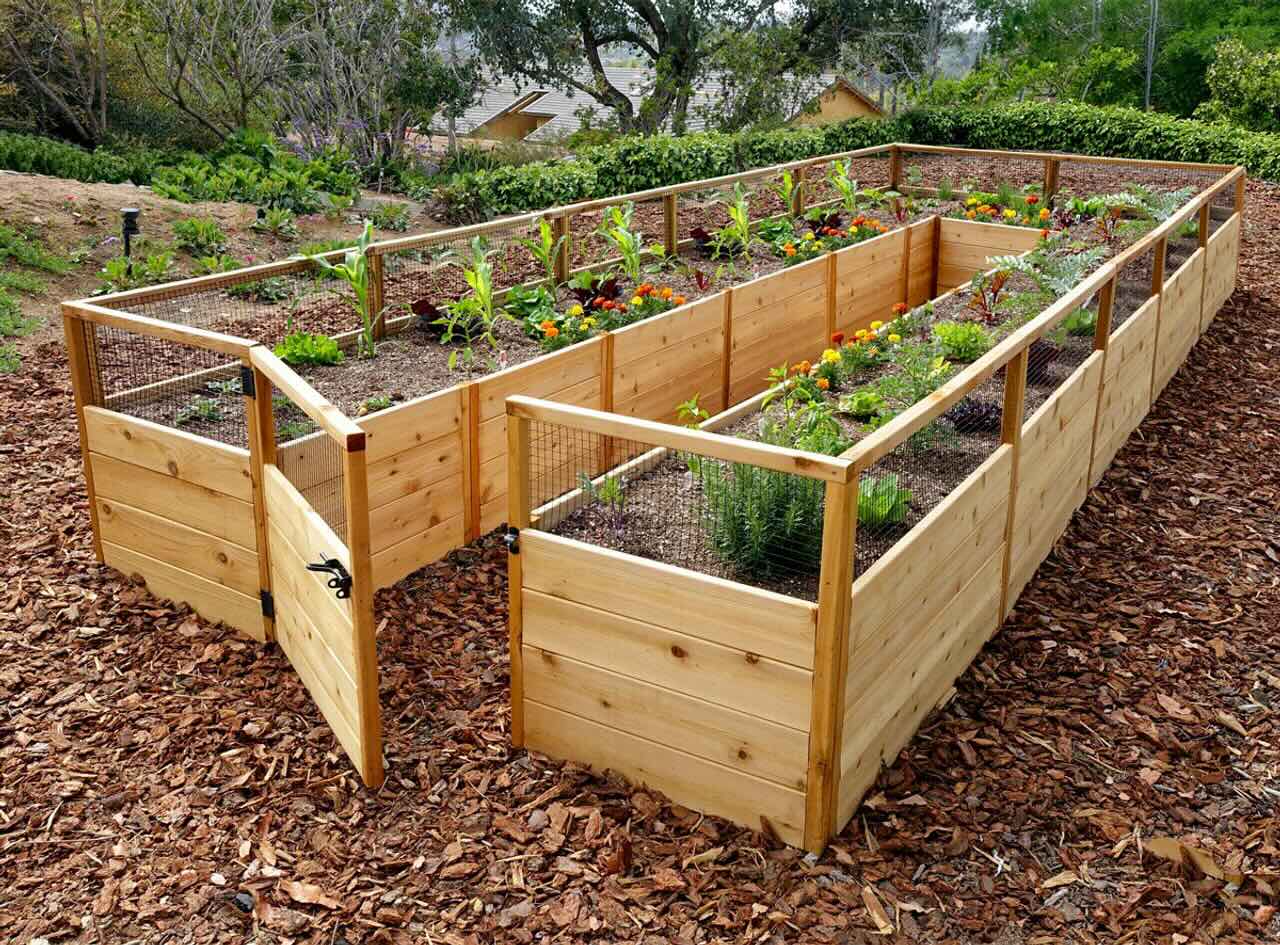
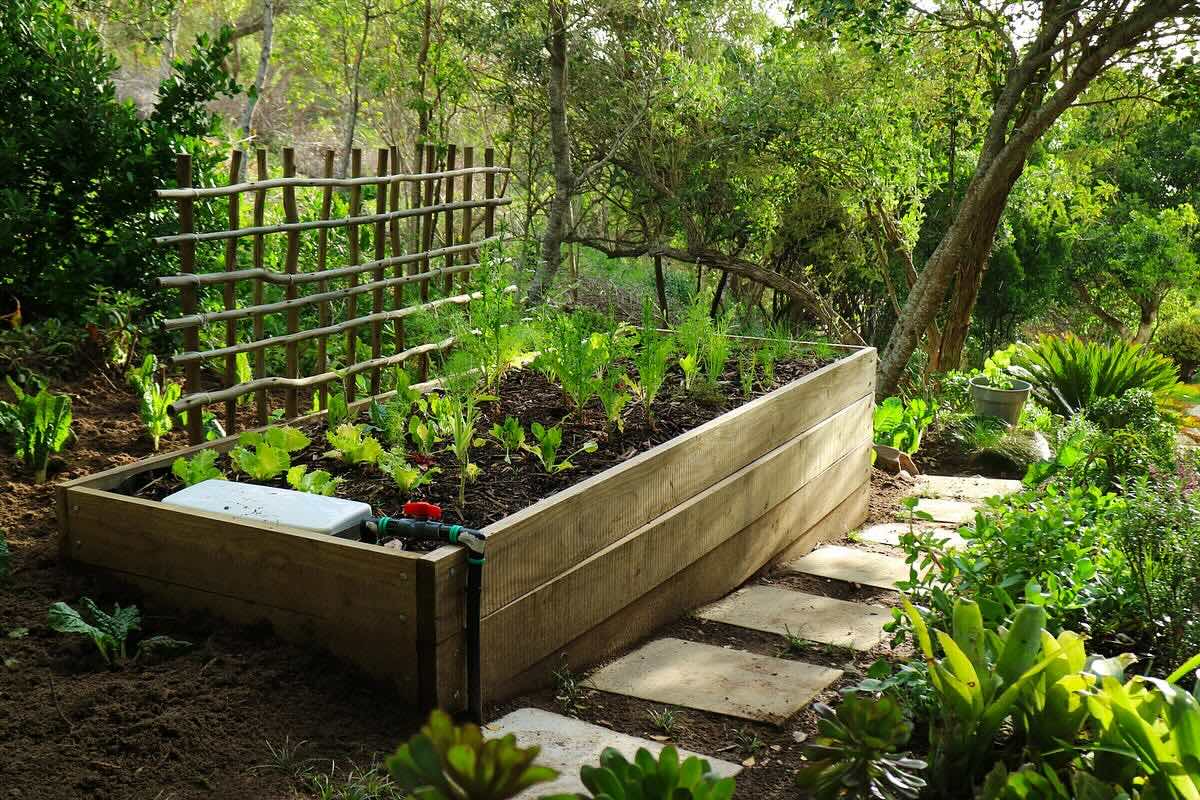
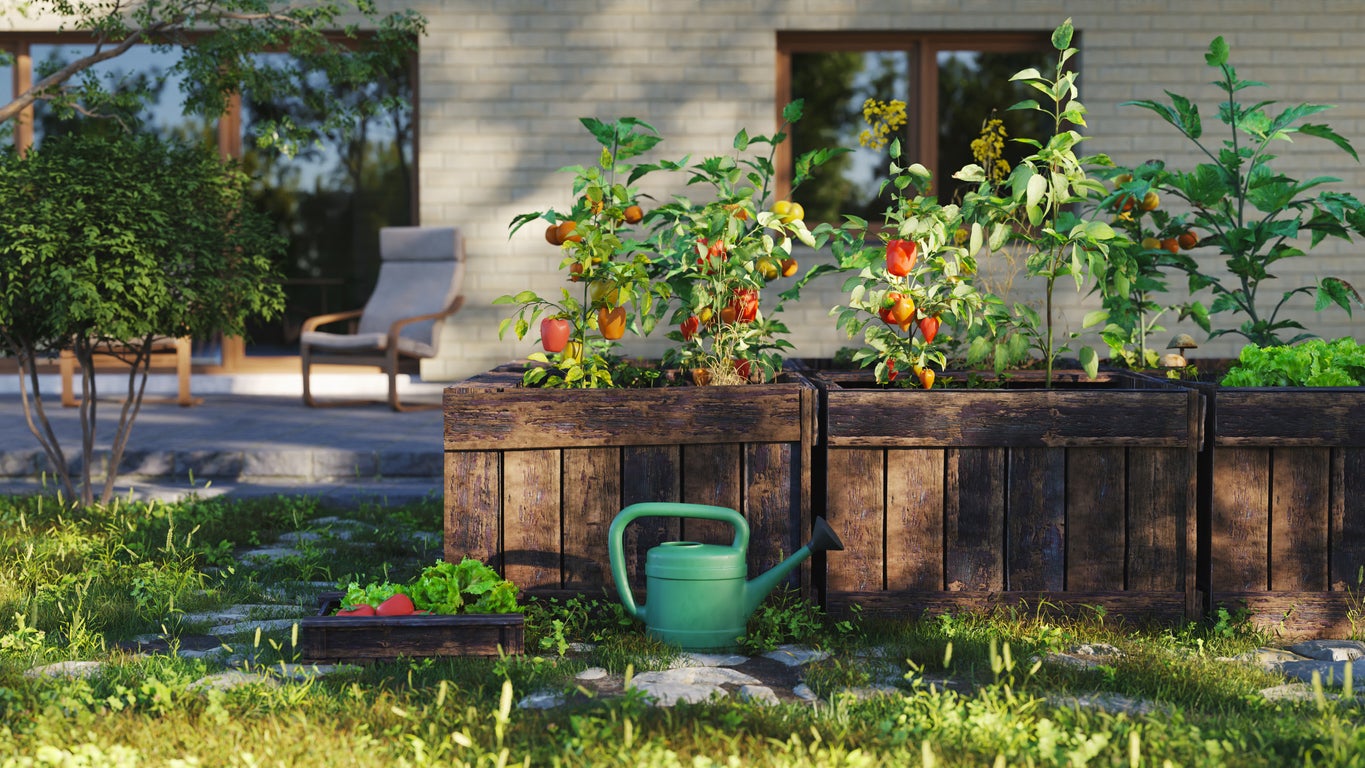

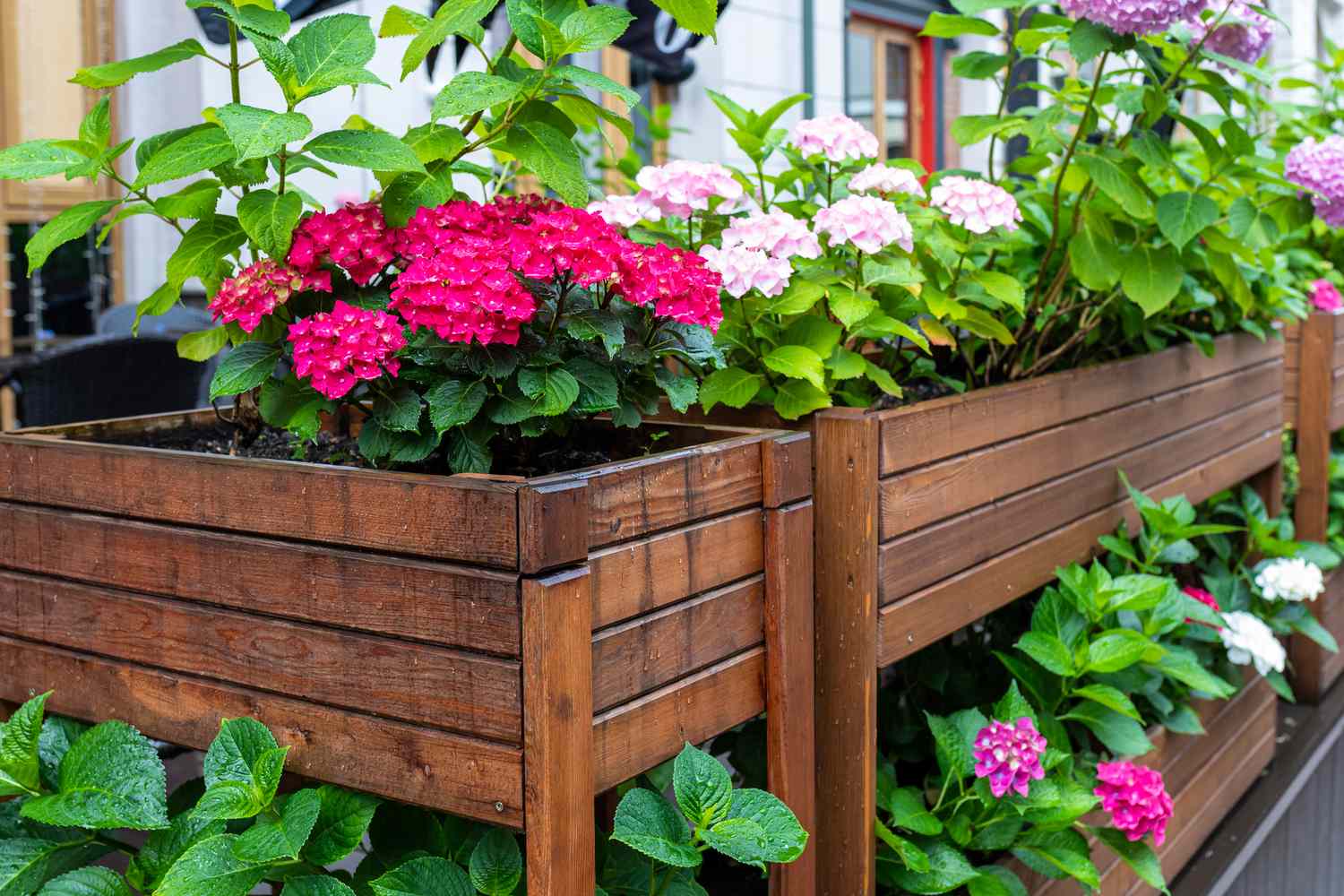
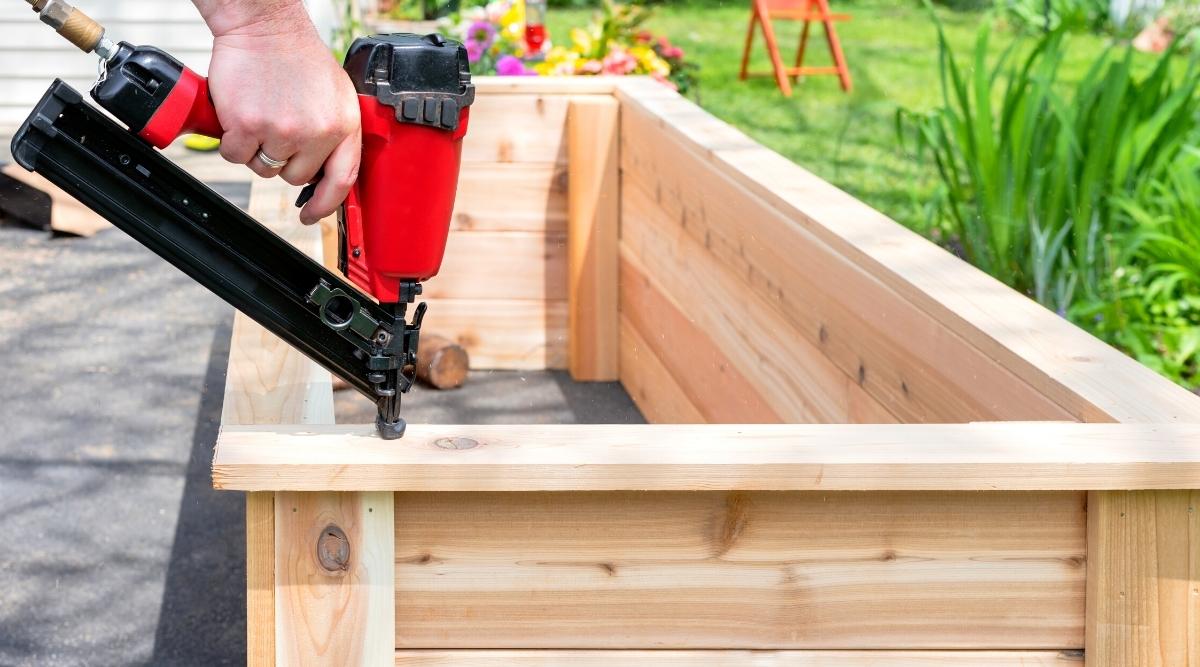
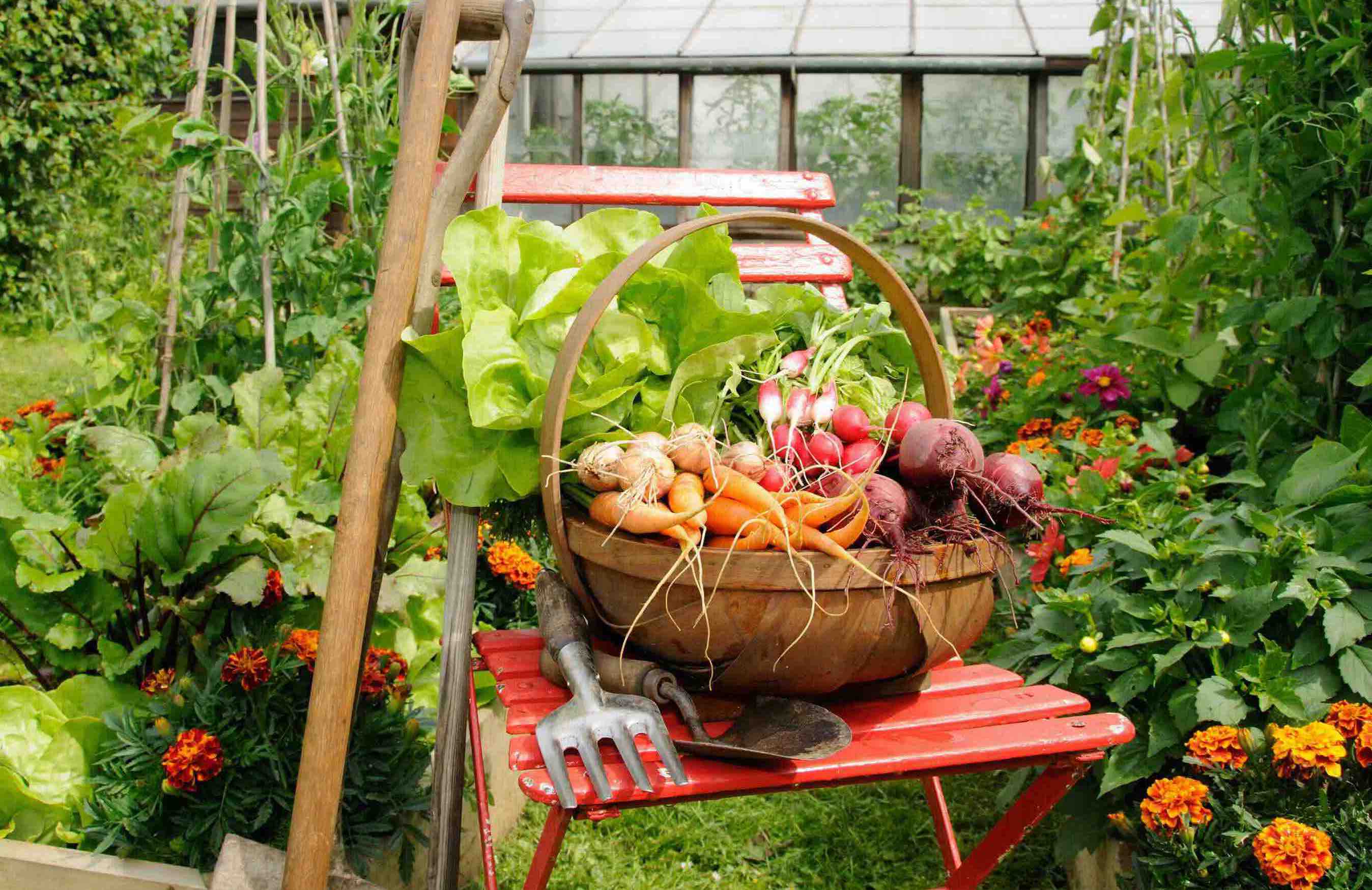
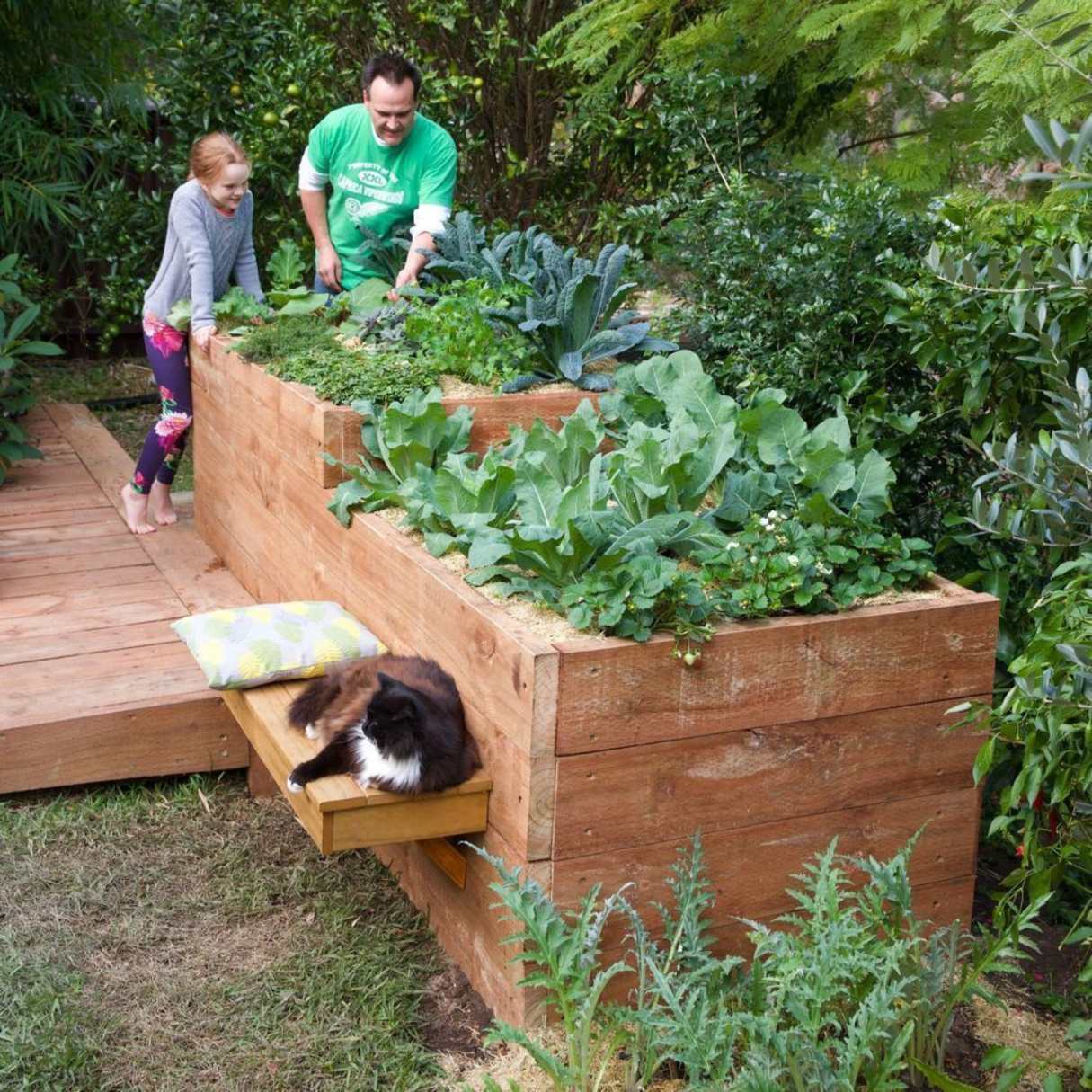
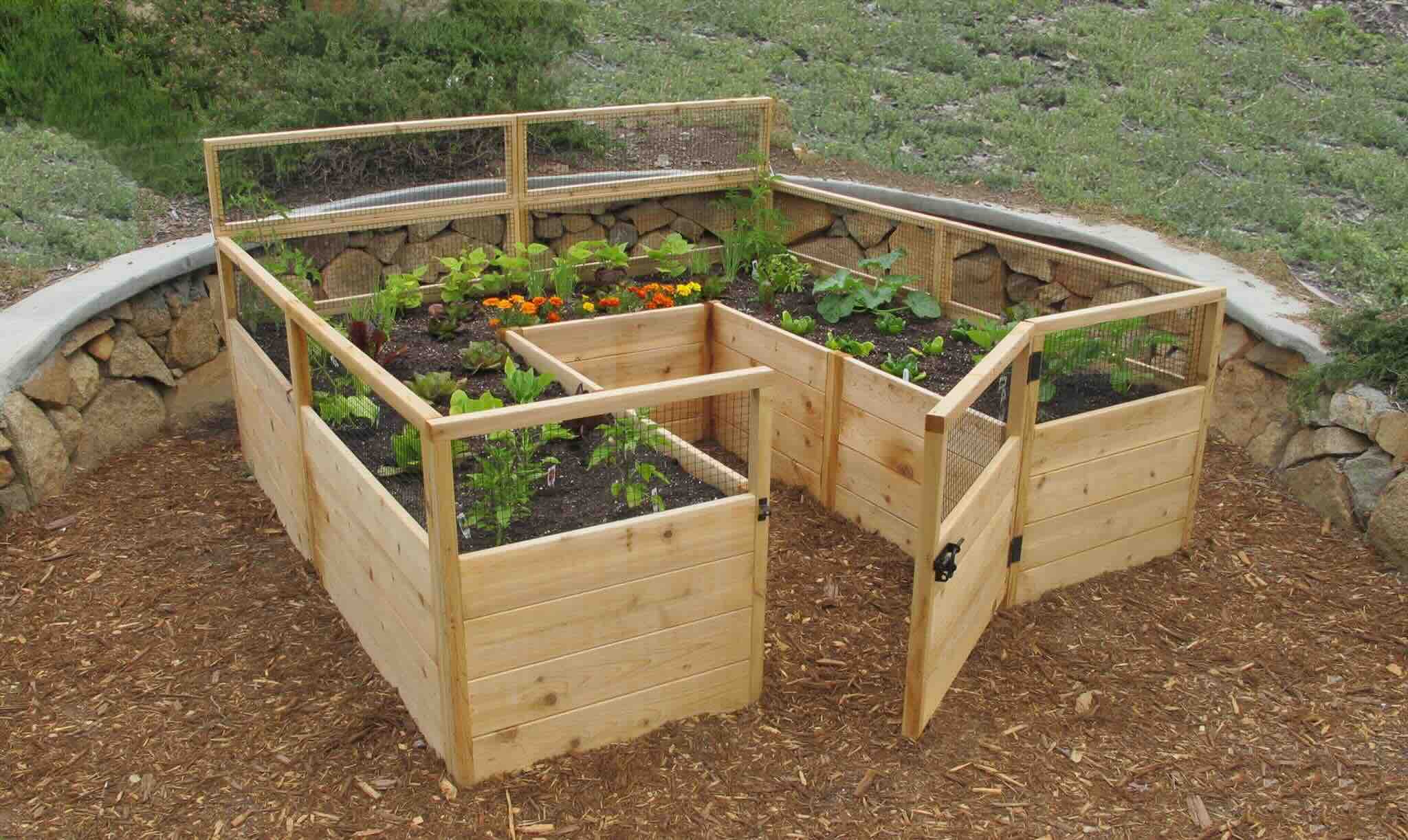
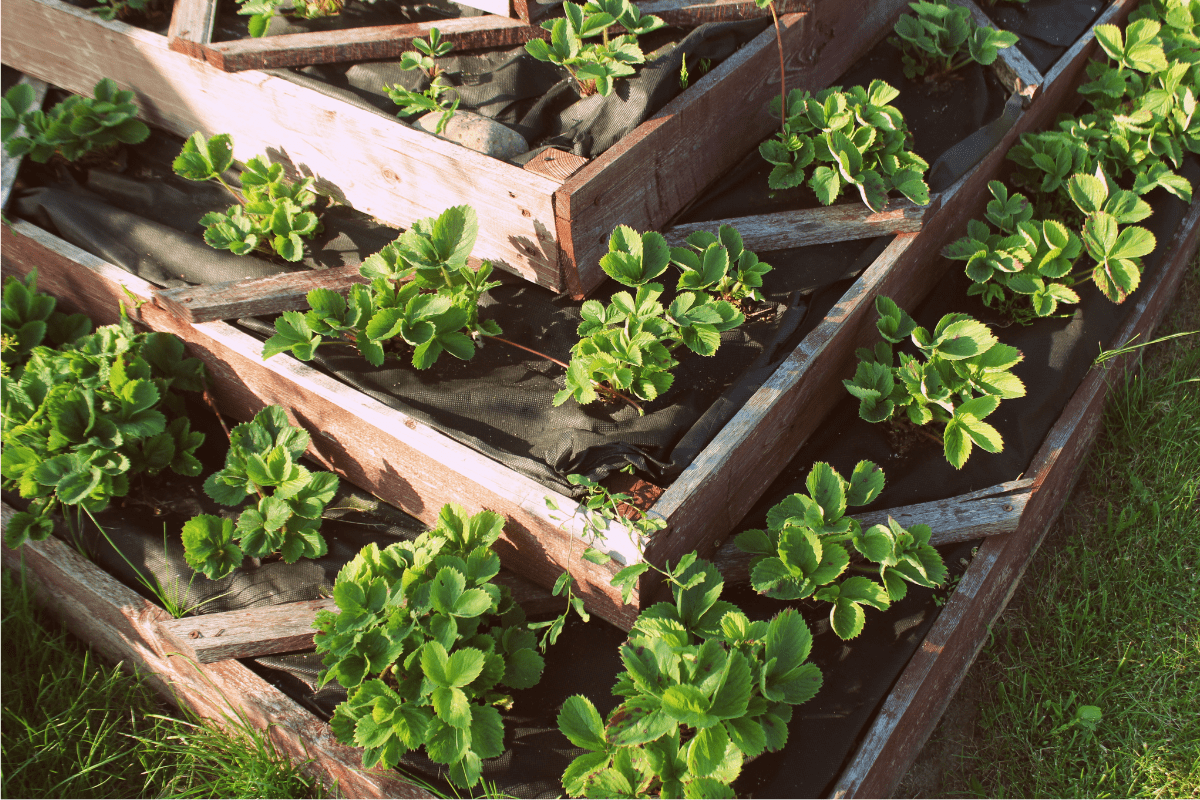
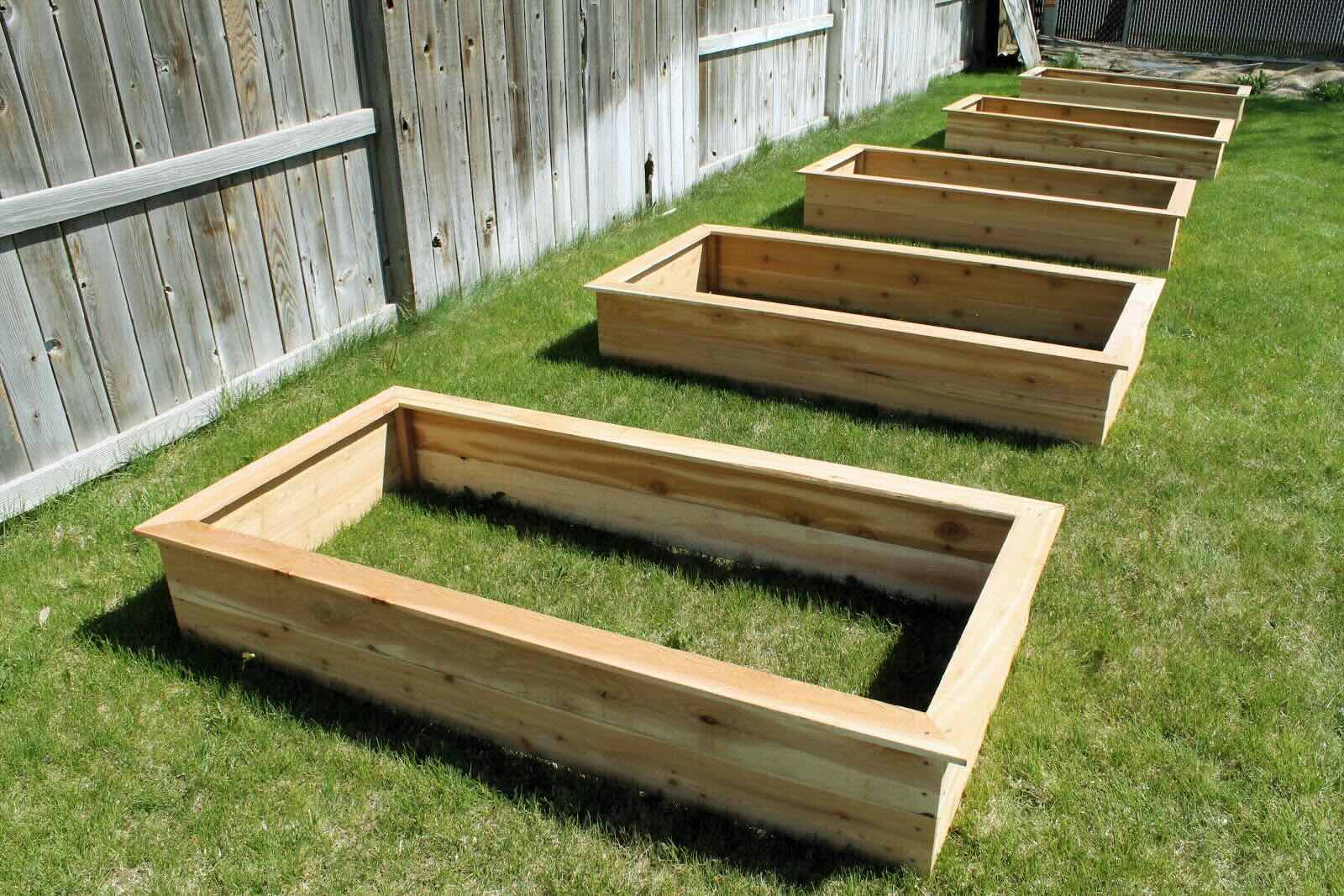

0 thoughts on “How To Grow Cucumbers In A Raised Garden Bed”